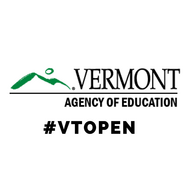(View Complete Item Description)
This study focused on understanding how and to what extent school leaders shift their vision of school technology leadership as a result of being exposed to theoretical, practical, and empirical data focused on school technology leadership. Prior to the intervention, educational leadership doctoral students were asked to write their vision statement for school technology leadership. After completing a three-credit hour graduate level course developed around the National Educational Technology Standards for Administrators (NETS-A) (ISTE, 2011), the students were asked to revise their vision statement. Pre- and post-treatment analyses were conducted to determine the depth of conceptual shifts as measured by the technology leadership standards. The researchers found that each student experienced shifts in their vision that more closely aligned to the NETS-A.
Material Type:
Reading,
Teaching/Learning Strategy
Author:
Richardson, J., Flora, K., & Bathon, J.











